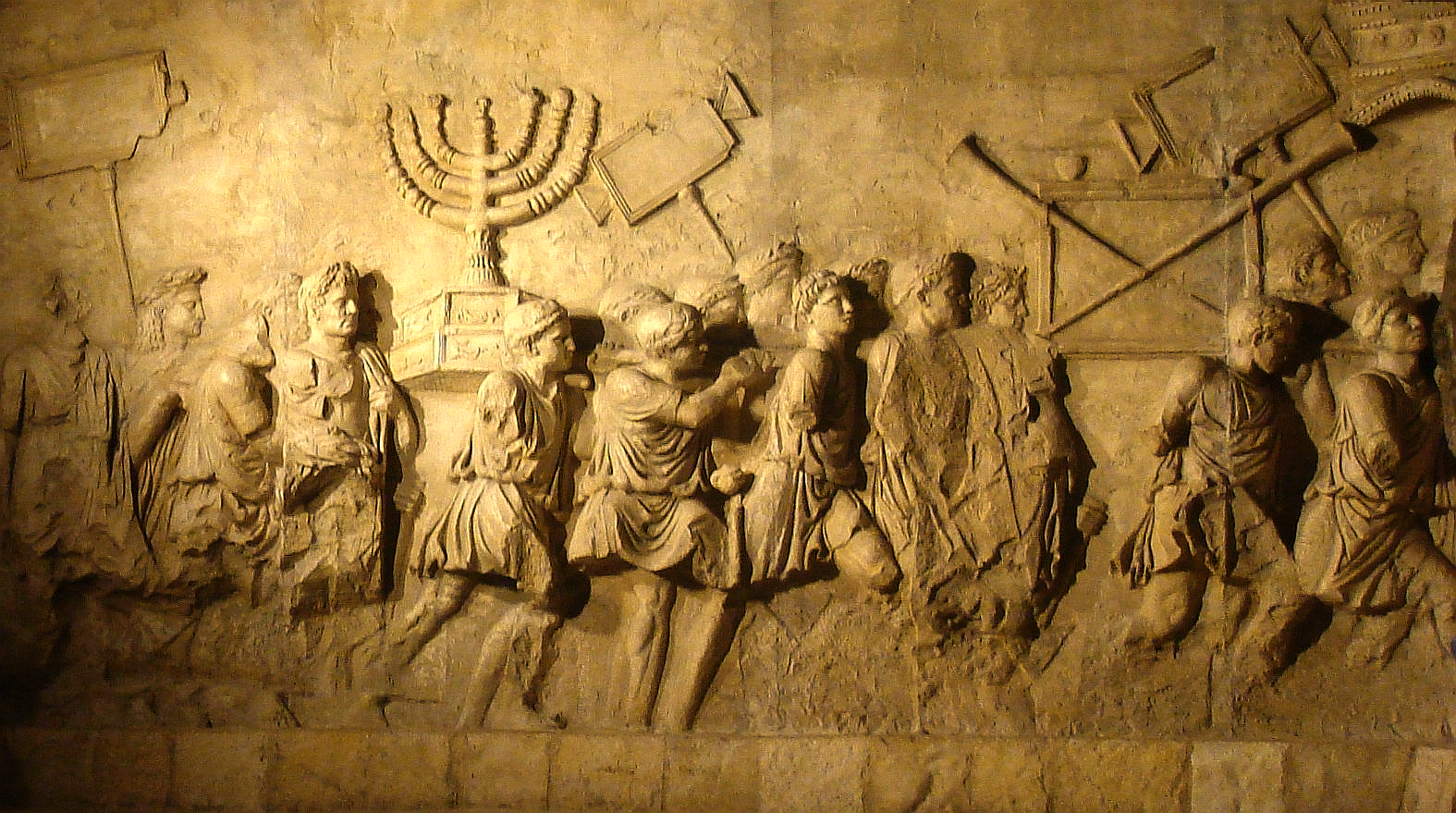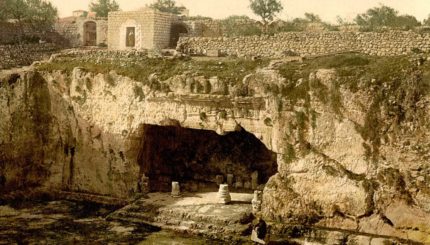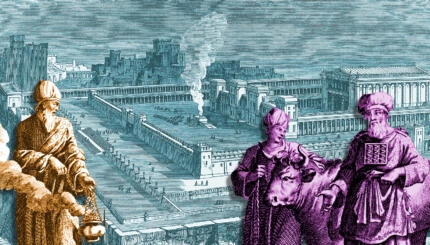The earliest biblical material was likely composed no earlier than the 10th century BCE. The historicity of many biblical stories is questionable. The first extra-biblical reference to the people Israel occurs in the late thirteenth century BCE.
By the time of the monarchy (c. 1020 BCE), there is extra-biblical evidence for some biblical material. The monarchy included the reigns of Kings Saul (c.1020-1000 BCE), David (c.1000-961 BCE), and Solomon (c. 961-928 BCE), during which the twelve tribes united and Israel, with Jerusalem as its capital, emerged as a major power in the region.
After Solomon’s death, the kingdom split into Judah (the southern kingdom, including Jerusalem and the Temple) and Israel (the northern kingdom). Israel was invaded and occupied by Assyria in 722 BCE. In 586 BCE, Judah was invaded by the Babylonians, and Jerusalem (including the Temple) was destroyed. A number of Jews were taken to Babylon in captivity.
From 538 (when the Temple was rebuilt) until 70 CE, Palestine came under the rule of several empires, including Persia, Greece, and Rome. During a brief period of self-rule, the Hasmonean dynasty—including the Maccabees and their descendants—ruled the area.
With your help, My Jewish Learning can provide endless opportunities for learning, connection and discovery.
After the fall of Jerusalem in 70 CE, Roman rule continued in Palestine until the empire crumbled. The Persians, Byzantines and Arabs alternately held control of the land through the seventh century CE.
Religious, Cultural and Intellectual History
The ancient period witnessed the formation of the basic institutions and ideas of Judaism. The final redaction of the Bible occurred during the second half of the sixth century BCE. Originally led by priests and centered on the Temple in Jerusalem and its sacrificial system, and inspired and challenged by prophets, Judaism evolved into a post-prophetic religion that could function in the Diaspora, with local places of worship–synagogues– and religious leaders and teachers–rabbis–in many locations.
From the first through seventh centuries CE, rabbinic sages composed works of halakha (Jewish law) and aggadah (narrative expositions of biblical passages and other stories). Standardized liturgy emerged. Major halakhic works include the Mishnah and Tosefta (from the first and second centuries), and the Palestinian and Babylonian Talmuds (from the third through sixth centuries). Works of midrash, drawing additional interpretations from the biblical text, produced both legal and narrative material.
Intergroup Relations
Christianity, emerging after the turn of the millennium, operated first as a Jewish sect (in a time of active Jewish sectarianism) and ultimately as a separate religion. Relations were tense between adherents of Judaism and Christianity in the ancient world. Despite Mohammed’s initial interest in converting the Jews, Islam, which emerged in the seventh century CE, eventually tolerated Jews as a minority.
Social History
From the third century BCE on, the majority of Jews lived outside ancient Palestine, many in large cities throughout the Roman Empire. Ancient Jewish society in the land of Israel was chiefly agrarian. Men worked in various aspects of farming, artistry and trade, while women organized and maintained the home. Formal education was available for boys beginning in the first century CE.



